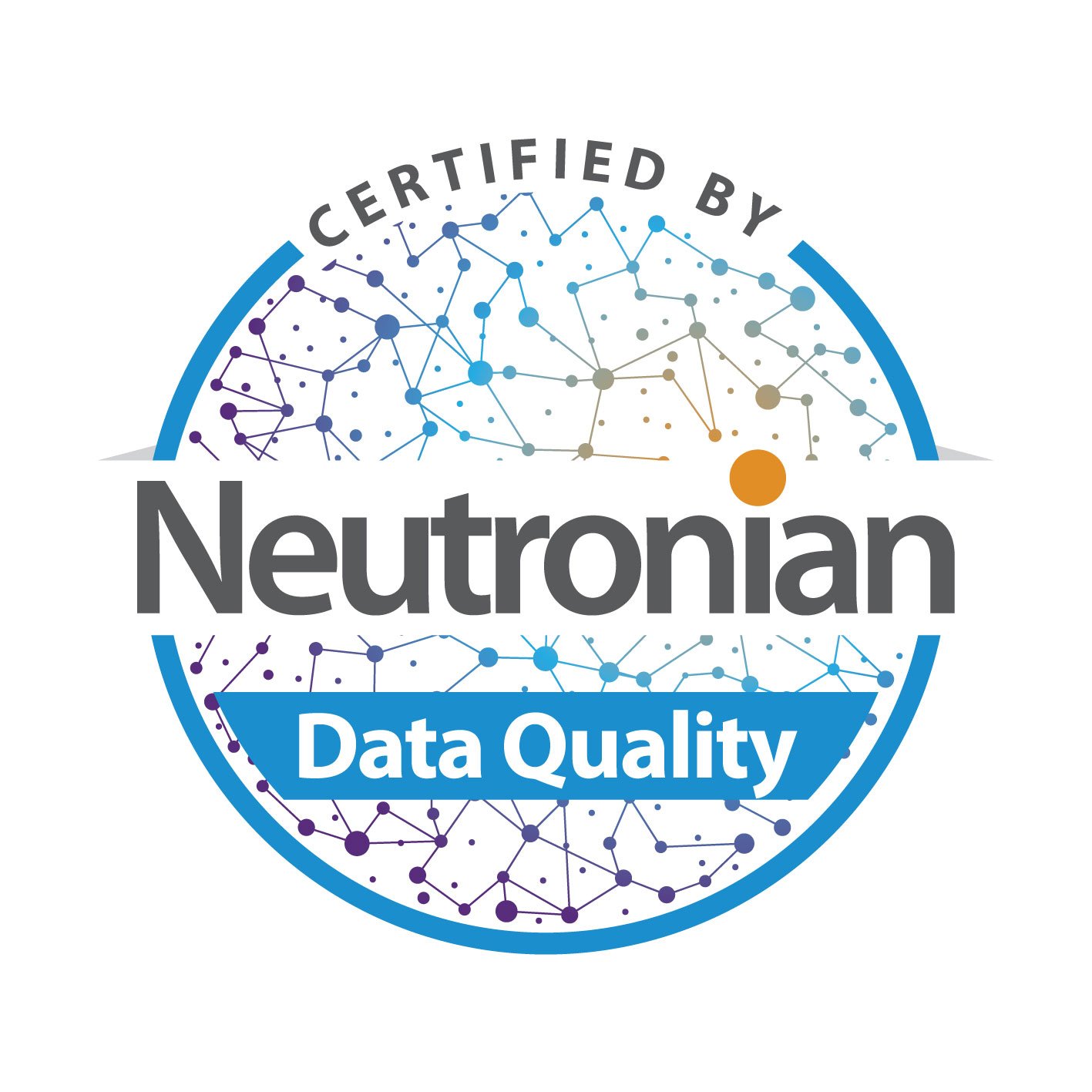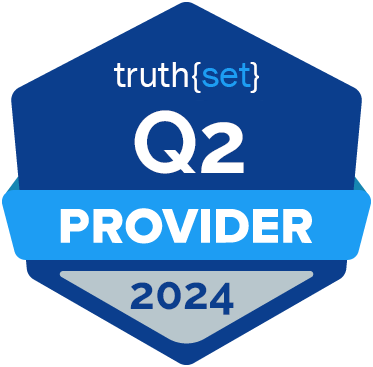The data landscape is a remarkably fluid one, and that means marketers need to be fluid in how they think about their data partners and sources. Simply put, not all data that marketers rely on today will be there tomorrow. Having a plan to adapt to the loss of a data partner is a key component of a strong data strategy.
Some of the fluctuations in data availability are driven by market consolidation, while others are driven by the deprecation of previously relied-upon identifiers and new and evolving regulations. Regardless of the underlying case, the timing and impact of data loss aren’t always known in advance. Marketers might experience a loss of scale or reduction in use cases following the loss of a data partner or source; in extreme scenarios, they might see a full loss of signal.
While some data changes might appear on the horizon years before taking effect, others might come about quite suddenly. So, what can marketers do to prepare? In this case, the best offense is a good defense. With a process in place for addressing data loss, marketers can leverage such shifts as positive catalysts to enable new strategies and potentially surface better results for the future.
Assess the situation
The first step following or leading up to a data loss is to first evaluate why a given partner or asset went away. Was it due to an acquisition? A regulatory change? A technology shift or lawsuit? Assessing the cause enables marketers to understand whether the shift will have a material impact on their overall data strategies and whether they can still use the same approach or achieve the same goals. As a part of this process, marketers should identify the opportunities and risks presented by the change, both for their own brands and the broader industry.
Taking stock of these elements up front will enable marketers to find a new partner that won’t run into the same challenges down the line. For example, if the previous data partner was lost due to compliance issues, this is an area to scrutinize heavily in new potential partners. Done right, this assessment process leads to a more future-proofed data strategy.
Plan the optimal path forward
In moving forward after a data loss, marketers will want to replace or replicate the data via a new source, and in some cases, this will mean looking for a partner who offers different but similar data. Marketers should plan to test different data types during this process to find out what’s going to work best for their brands.
It’s worth noting that when marketers face the loss of a third-party data partner or source these days, many are urged to not replace the lost asset and instead prioritize a first-party data approach. However, while first-party data is immensely valuable, most marketers find that a solution built around first-party assets isn’t fully scalable. Finding appropriate replacements to lost third-party resources should be a priority task.
In determining the right path, it’s important to consider what worked well with the former partner and what could have been improved. After all, this is the opportunity to make those improvements! Marketers will want to ensure the ROI on any new partnership is meeting or exceeding that of the previous one, but these transitions don’t always go according to plan out of the gate. It’s best to scope out multiple scenarios and set expectations with all stakeholders in terms of a best-case scenario, alongside alternate and fallback options.
While adhering to a timeline is important, remember: Building strategic partnerships takes time. Operate with a sense of urgency—but don’t rush the process.
Secure the right new partnership
As marketers begin the RFI and initial outreach process, it’s important to clearly outline requirements and expectations. Data testing should be a key component of those expectations. During the testing process, a marketer can compare performance among potential partners and confirm value is being delivered before investing in integrating the partner into the broader data strategy. Always-on data testing to identify backup sources is great insurance if/when a data source becomes no longer available.
Once a new partner has been selected, don’t forget the ever-important step of selling that partner through to key stakeholders in the company. This can be done through a clear presentation of the business case for the partnership, as well as its expected P&L impact.
Operationalize and educate
As a new partnership kicks off, marketers need to ensure all parties are agreed on the timeline for integration and activation. At the same time, they should look to educate teams about the new data sets that are being brought into the fold: their strengths, their weaknesses, their use cases, and any other relevant details. During this process, marketers can lean on their new data partner for support with training and documentation.
Ultimately, losing a data partner or data source does not have to be a negative experience that diminishes marketing effectiveness. It can be an opportunity to refine and improve a brand’s data strategy for the future. To set the stage for the best possible transition, remember not to rush. Ensure the proper due diligence while keeping the process prioritized, while making sure all key stakeholders understand the need and value of new data.
Reach out the Alliant team for more insights and learn how to make the most of your data partnerships − to ensure future-proofed data strategies.































Submit a Comment